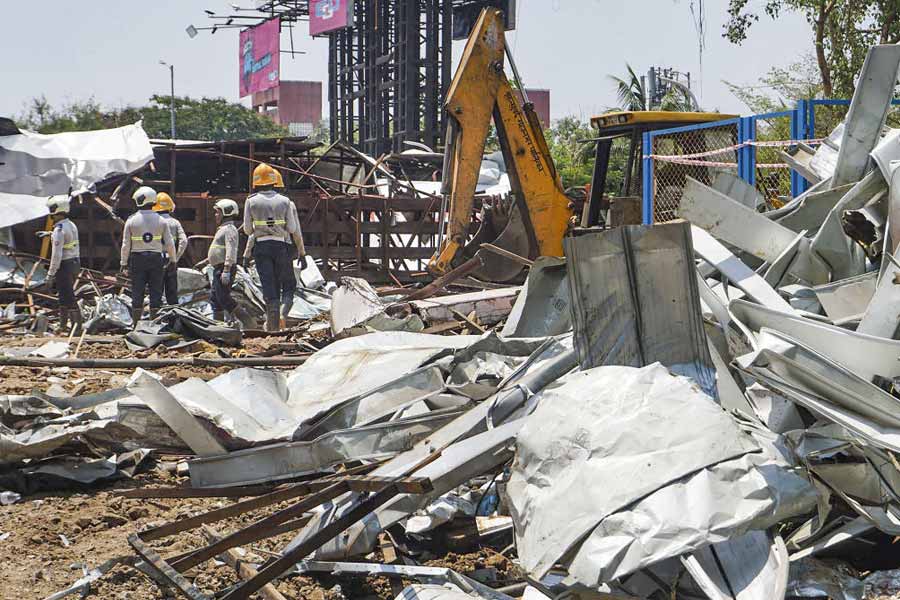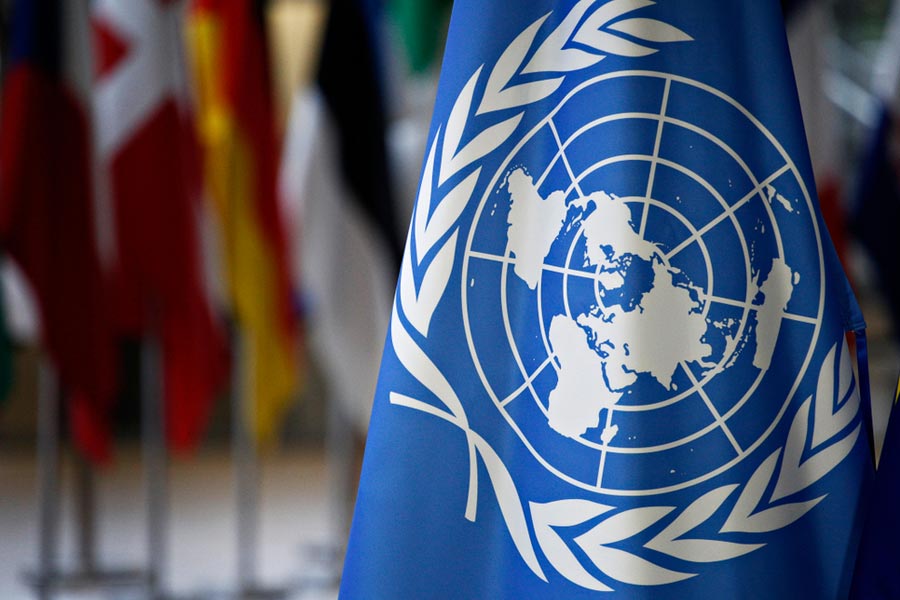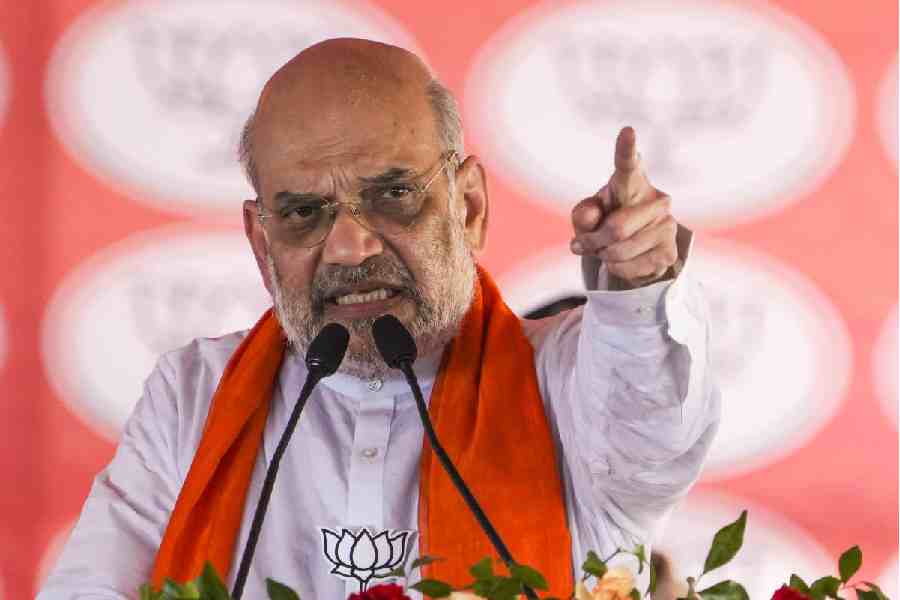The Indian healthcare system, its weaknesses notwithstanding, has made remarkable progress in one aspect. As against the World Health Organization norm of one doctor per 1,000 people, India today has 1.31 doctors per 1000 people. In contrast, India has only 1.9 nurses and midwives per 1,000 people as against the WHO norm of 3 per 1,000 people.
The authenticity of this data has been questioned as many registered doctors do not practise. Some have died even though their names remain on the list of registered doctors. But there is no denying the fact that the number of doctors has increased principally due to the privatisation of medical education. About 10% of doctors are employed in government hospitals while a smaller percentage is attached to private hospitals. A substantial number of doctors are thus on their own and the key challenge is to get them attached to hospitals.
With just about 5 beds per 10,000 people, India’s hospital capability is abysmally low, lower than most developing Asian nations and also WHO’s recommended number of 30. India’s hospital bed per 10,000 people falls short of its own set standard of 20 beds per 10,000 people. More than half of these hospital beds are in the private sector. Private hospitals are unlikely to create more beds in the absence of adequate demand.
Roughly 70% of hospital beds are in urban areas. There are regional variations too: 65% of hospital beds are concentrated in just seven states — Karnataka, Kerala, Maharashtra, Tamil Nadu, Telangana, Uttar Pradesh and West Bengal. The number of doctors available varies too. While Delhi has roughly one doctor for 300 people, Jharkhand has one doctor for 8,000 people. Hence, though India might have exceeded the WHO norm, some states are facing an acute shortage of doctors, putting enormous pressure on the few government hospitals. Consequently, the quality of care is falling in these institutions.
Unattached doctors are also concentrated in urban areas. Those who are attached to private hospitals often work as consultants on a commission basis. Trained in private hospitals and often with a huge debt on their heads some of these doctors face the pressure of earning handsomely, forcing them to indulge in unfair practices. This includes prescribing unnecessary and expensive medicines, diagnostic tests, and even surgical procedures.
The government has now made it mandatory for doctors to prescribe generic names of medicines rather than brand names. This will give patients some freedom as they will be able to choose relatively less expensive brands. Nevertheless, they remain dependent on doctors when it comes to diagnostic tests and surgical procedures. No amount of regulation of private hospitals will do as the fundamental problem is of asymmetry in information.
Yet another emerging trend is the vacancy of seats in post-graduate medical courses and BDS courses. This trend is evident in MBBS programmes as well, particularly in private medical colleges. Even government medical college seats are going vacant in Bihar and Jharkhand where the number of doctors per 1,000 people is low. This is happening because medical education is increasingly becoming unaffordable.
India’s healthcare expenditure, roughly at 3% of its GDP, is among the lowest in the world and health expenditure as a percentage of GDP has been declining too. The only way to fix the rickety healthcare system is by increasing government expenditure on health.










